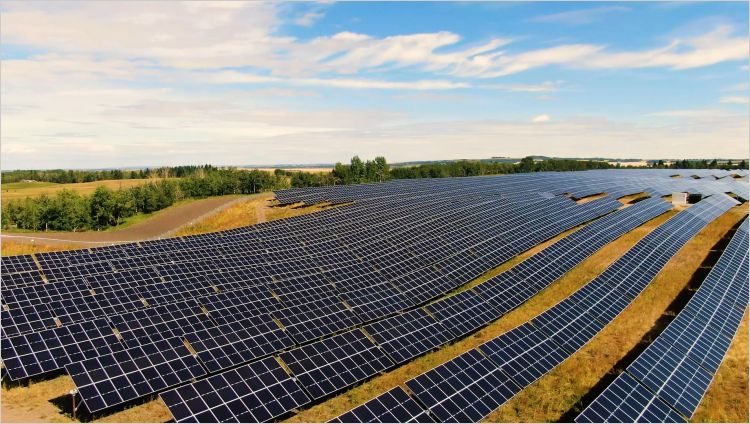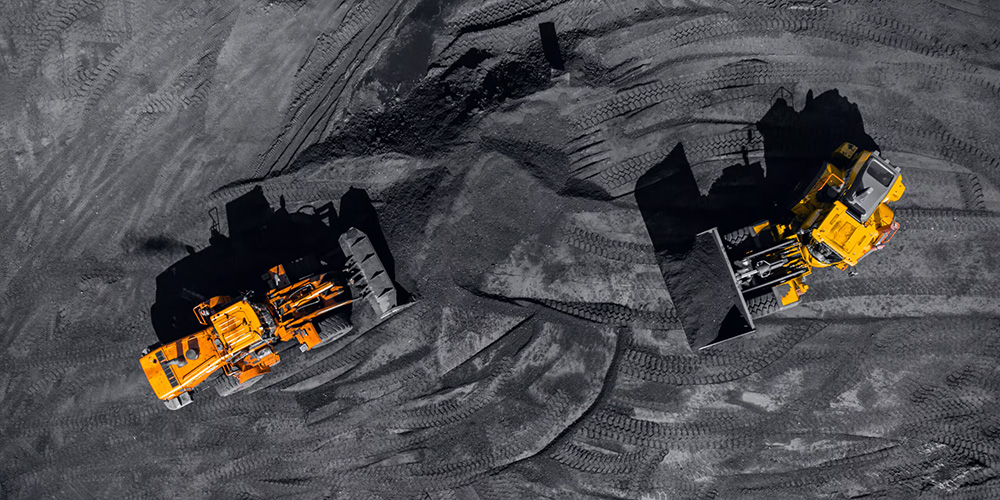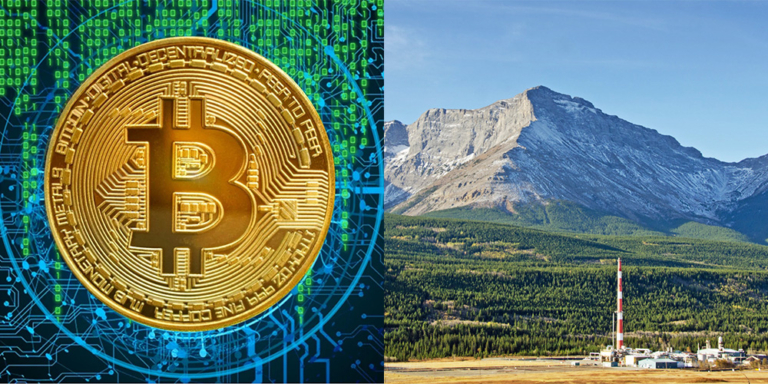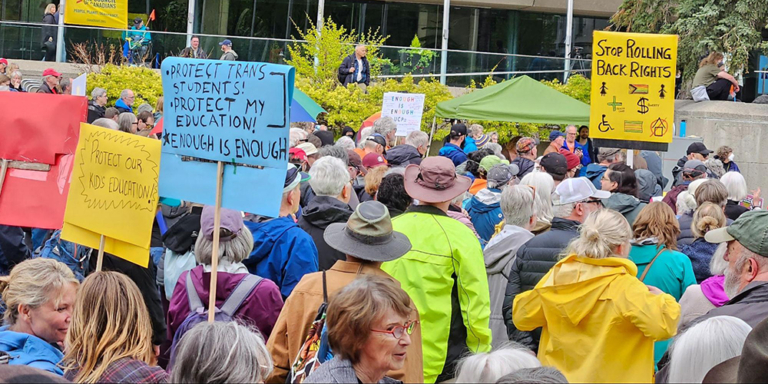For the first time ever, Alberta’s electricity system didn’t use coal to make electricity for 11 hours straight.
On February 2, Alberta didn’t use any power from its last two coal power plants, Genesee 1 and Genesee 2, located west of Edmonton.
This unprecedented occurrence highlighted the province’s ongoing efforts to phase out coal power, once the backbone of Alberta’s electricity generation.
According to Blake Shaffer, a University of Calgary economist specializing in electricity markets, the grid’s coal-free operation was not a one-time event, as another hours-long coal-free electricity period happened again in early March.
Shaffer emphasized the significance of these two events, describing Alberta’s transition as “transformative” and noting the province’s historical reliance on coal.
“It wasn’t long ago that 80 percent of electricity supply in Alberta came from coal; now we are starting to see hours where there is zero coal-fired generation in the province,” said Shaffer in an email to Postmedia.
According to the Calgary Herald, “Alberta had 18 coal-fired plants in 2016. At the time, Alberta produced more coal pollution than all other Canadian provinces combined.”


The End of Coal-Fired Electricity Through Carbon Pricing


The shift away from coal was accelerated by former Alberta Premier Rachel Notley’s government in 2015. At the time, Notley approved a plan to completely phase out coal power by 2030—a goal met widely with skepticism and concern regarding its feasibility.
But critics were proven wrong, and Alberta’s coal phase-out is proceeding six years ahead of schedule.
The faster-than-expected move away from coal is mainly due to a carbon-pricing framework that has led to the adoption of natural gas-fired electricity generation and the increasing contribution of renewable energy sources.
The rapid transition was partly due to Alberta’s implementation of the Technology Innovation and Emissions Reduction Regulation (TIER), an industrial carbon pricing system.
This policy led to high-pollution entities, like coal plants, paying more for their heat-trapping pollution than those with lower emissions, like natural gas.
The transition to natural gas was expedited by replacing coal plants with gas plants or converting existing coal plants to burn natural gas.
Renewables Contribution
Meanwhile, the growth of renewables in Alberta has been remarkable, with wind, solar, and hydropower collectively surpassing coal generation for the first time in 2022.
According to the Alberta Electric System Operator (AESO), renewable energy accounted for almost 13 percent of the province’s total generation that year, rising by four percent to nearly 17 percent in 2023.
Unfortunately, Premier Smith’s 7-month moratorium on new renewable projects that started in August last year delayed the sector’s continued growth.
With severe new restrictions on where renewable projects are allowed and a ‘poorly defined’ approval process, the continued development of renewable projects in the province is in jeopardy.
So rather than renewables creating emission-free electricity, carbon-producing gas-fired electrical plants will take up the task of replacing coal.


Is Coal Dead (or Not?)
The AESO‘s latest Market Statistics Report anticipates converting the remaining coal-fired power plants to natural gas this year, fulfilling the province’s updated deadline of no coal-fired electricity by the end of the year.
Capital Power, for instance, expects to convert its Genesee 1 and Genesee 2 coal units to natural gas later this year.
Although a “dual fuel” plant, capable of burning coal and natural gas, remains operational, its primary fuel source is likely to be natural gas, with the potential burning of coal limited to existing stockpiles.
That means that coal-fired electricity will end this year in Alberta, which is news to celebrate.
But coal mining is far from dead in the province.
The UCP government is still trying to find loopholes to approve the Australian-owned Grassy Mountain Coal Mine in the southern Alberta Rockies.
This open-pit mine will harvest high-grade coal for steel manufacturing.
Most Albertans oppose this mine, which will chop up the eastern slopes and threaten critical water supplies for the southern part of the province.
Alberta has also approved the expansion of the massive Coalspur Vista mine near Hinton.
This open-pit mine is one of the largest in North America, covering 100 square kilometres. It mines thermal coal used in power plants to create electricity.
If Alberta isn’t burning coal for electricity, where is this coal going?
We’re selling it to be burned in other countries that buy our coal to generate electricity.
So, although we can celebrate weaning ourselves from coal-fired electricity, Alberta coal continues to be burned adding carbon to the atmosphere.
We’re like drug dealers who stay clean and sober but who still sell our goodies to our addicted friends.








